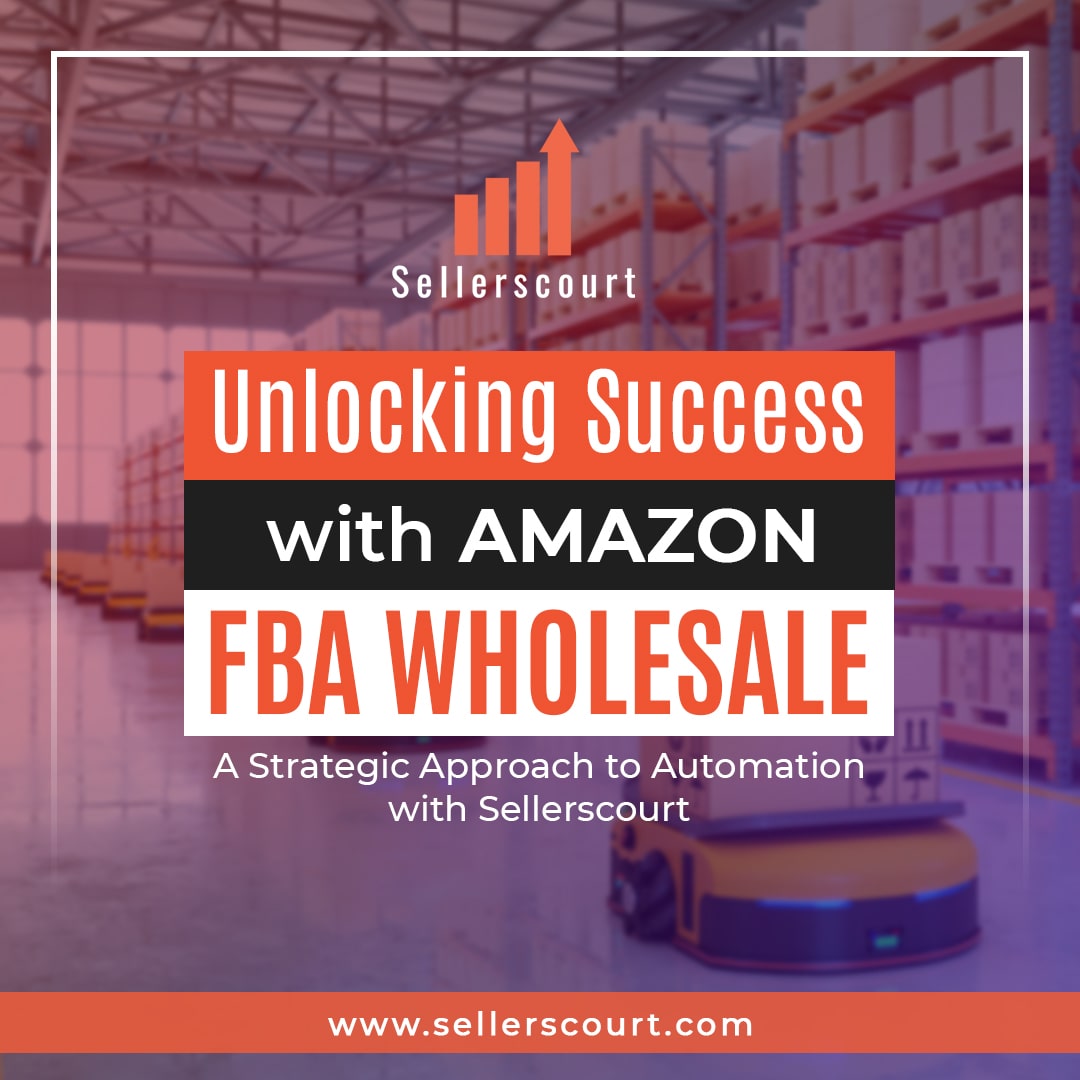
Amazon listing hijacking is a growing concern for sellers, as it can lead to lost sales, a damaged brand reputation, and frustrated customers. With 45 years of combined experience and offices in London and New York, Sellerscourts is here to guide you through the process of preventing listing hijacking and safeguarding your Amazon business. In this comprehensive guide, we’ll cover what Amazon listing hijacking is, its impact on sellers, and the steps you can take to protect your listings.
I. What is Amazon Listing Hijacking?
Amazon listing hijacking occurs when an unauthorized seller attaches their offer to your product listing, often selling counterfeit or inferior products under your brand name. This practice not only steals potential sales from the legitimate seller but also can lead to negative reviews and a damaged brand reputation as customers receive subpar products.
II. The Impact of Amazon Listing Hijacking on Sellers
Lost sales: Hijacked listings can divert sales from legitimate sellers to unauthorized ones, negatively impacting your revenue.
Damaged brand reputation: Counterfeit or inferior products sold under your brand name can result in customer dissatisfaction and harm your brand’s reputation.
Negative reviews: Unsatisfied customers who receive subpar products from hijackers may leave negative reviews, which can hurt your product’s rating and search ranking.
Inaccurate product listings: Hijackers may modify your product listing to suit their needs, resulting in inaccurate or misleading information that can confuse potential buyers.
III. How to Prevent Amazon Listing Hijacking
Monitor your listings regularly: Keep a close eye on your product listings to identify any unauthorized sellers or changes in product information. Set up alerts to notify you of changes or new sellers attached to your listings.
Register with Amazon Brand Registry: Enroll in the Amazon Brand Registry program to gain additional protection for your brand. This program allows you to access tools that help you identify and report listing violations, counterfeit products, and unauthorized sellers.
Use unique product identifiers: Utilize unique product identifiers, such as UPCs, EANs, or other barcodes, to help prevent unauthorized sellers from attaching their offers to your listings.
Create high-quality listings: Invest time in creating high-quality product listings with detailed descriptions, clear images, and accurate product specifications. This makes it more difficult for hijackers to replicate your listings and deceive potential buyers.
Establish strong brand presence: Develop a strong brand presence both on and off Amazon through social media, a professional website, and consistent branding. A recognizable brand is more challenging to hijack, as customers are more likely to identify and report counterfeit products.
IV. What to Do If Your Amazon Listing Is Hijacked
Contact the hijacker: Reach out to the unauthorized seller through Amazon’s messaging system and request that they remove their offer from your listing. Be professional and polite, as they may have attached their offer to your listing unintentionally.
Report to Amazon: If the hijacker does not comply with your request, report the issue to Amazon Seller Support or through the Brand Registry portal. Provide evidence, such as purchase invoices or product photos, to prove your ownership of the brand and product.
Utilize cease and desist letters: If the hijacker continues to sell counterfeit products under your brand name, consider sending a cease and desist letter. Consult with a legal professional to ensure your letter complies with legal requirements and Amazon’s Terms of Service.
Monitor the situation: Continue to monitor your listings and follow up with Amazon Seller Support or Brand Registry if the issue persists.
V. Frequently Asked Questions
Can Amazon remove a hijacker from my listing?
Amazon may remove a hijacker from your listing if they determine that the seller is violating their policies or selling counterfeit products. However, it’s important to provide sufficient evidence and follow Amazon’s reporting process to increase the likelihood of a successful resolution.
How long does it take for Amazon to address a hijacked listing?
The time it takes for Amazon to address a hijacked listing varies depending on the complexity of the issue and the evidence provided. In some cases, Amazon may resolve the issue within a few days, while in others, it may take several weeks. It’s essential to be patient and follow up with Amazon as needed.
Can I prevent other sellers from selling my products on Amazon?
While you cannot completely prevent other sellers from selling your products on Amazon, you can take steps to protect your brand and listings, such as enrolling in Amazon Brand Registry and monitoring your listings regularly. This helps minimize the risk of hijacking and ensures that any issues are addressed promptly.
VI. Conclusion
Protecting your Amazon listings from hijacking is essential for maintaining a successful and reputable online business. By understanding the risks and taking proactive steps to safeguard your brand, you can minimize the impact of hijacking on your sales and reputation.
At Sellerscourts, our 45 years of combined experience and offices in London and New York make us the perfect partner to help you navigate the complexities of Amazon listing hijacking and protect your brand. If you need assistance with monitoring your listings, enrolling in Amazon Brand Registry, or any other aspect of your Amazon business, don’t hesitate to reach out to our team of experts. We’re here to help you achieve your business goals and succeed on Amazon. Happy selling!






